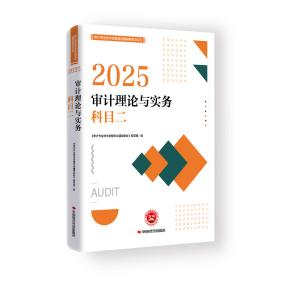STANDARDS: IAS 29
| FINANCIAL REPORTING IN HYPERINFLATIONARY ECONOMIES | |
|---|---|
| HISTORY OF IAS 29 | |
| November 1987 | Exposure Draft E31 Financial Reporting in Hyperinflationary Economies |
| July 1989 | IAS 29 Financial Reporting in Hyperinflationary Economies |
| 1 January 1990 | Effective Date of IAS 29 (1989) |
| 1994 | IAS 29 was reformatted |
| RELATED INTERPRETATIONS | |
| |
| SUMMARY OF IAS 29 | |
|---|---|
|
Objective of IAS 29 The objective of IAS 29 is to establish specific standards for enterprises reporting in the currency of a hyperinflationary economy, so that the financial information provided is meaningful. Restatement of Financial Statements The basic principle in IAS 29 is that the financial statements of an entity that reports in the currency of a hyperinflationary economy should be stated in terms of the measuring unit current at the balance sheet date. Comparative figures for prior period(s) should be restated into the same current measuring unit. [IAS 29.8] Restatements are made by applying a general price index. Items such as monetary items that are already stated at the measuring unit at the balance sheet date are not restated. Other items are restated based on the change in the general price index between the date those items were acquired or incurred and the balance sheet date. A gain or loss on the net monetary position is included in net income. It should be disclosed separately. [IAS 29.9] The Standard does not establish an absolute rate at which hyperinflation is deemed to arise - but allows judgement as to when restatement of financial statements becomes necessary. Characteristics of the economic environment of a country which indicate the existence of hyperinflation include: [IAS 29.3]
IAS 29 describes characteristics that may indicate that an economy is hyperinflationary. However, it concludes that it is a matter of judgement when restatement of financial statements becomes necessary. When an economy ceases to be hyperinflationary and an enterprise discontinues the preparation and presentation of financial statements in accordance with IAS 29, it should treat the amounts expressed in the measuring unit current at the end of the previous reporting period as the basis for the carrying amounts in its subsequent financial statements. [IAS 29.38] Disclosure
| |




 培训课程
培训课程














